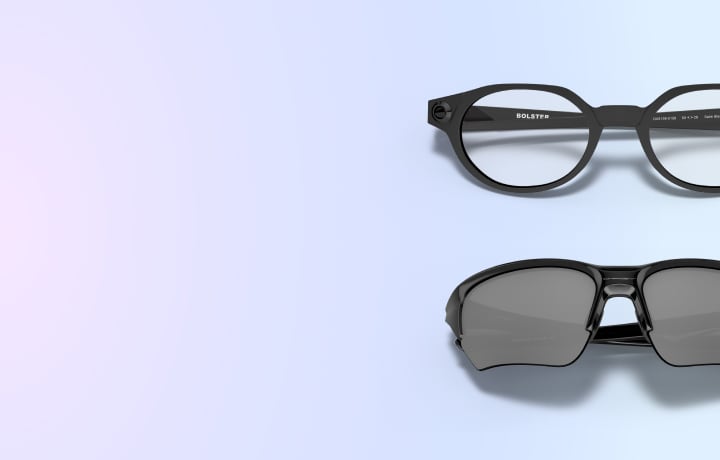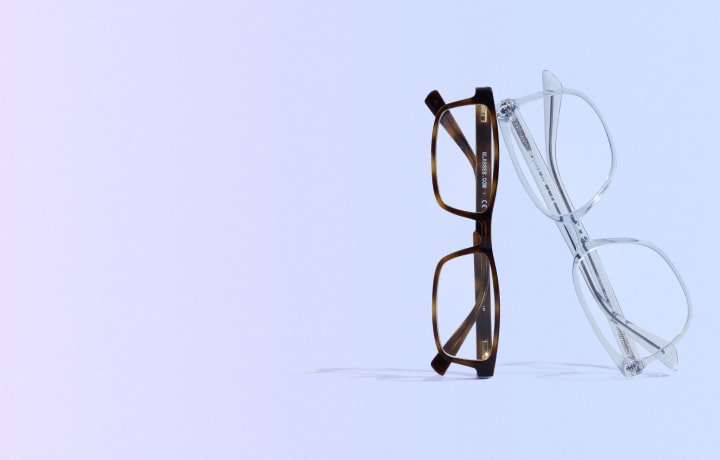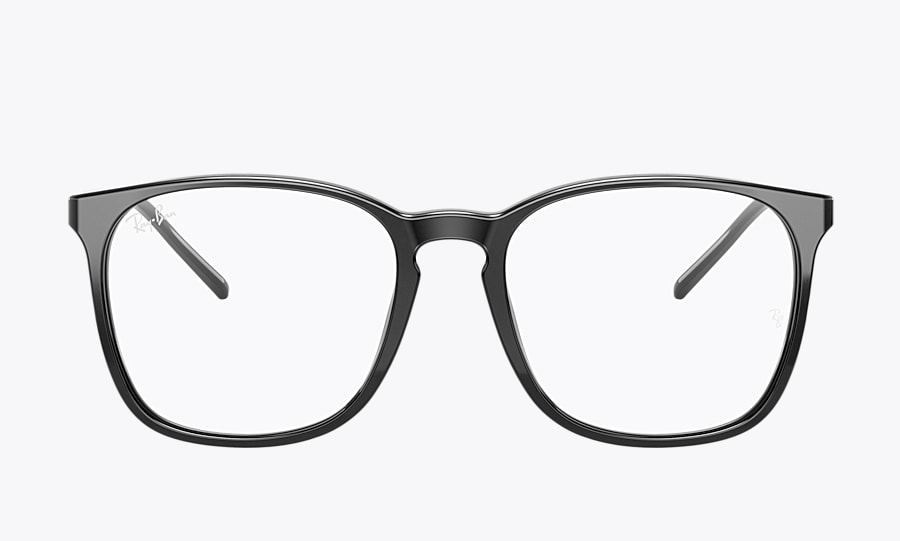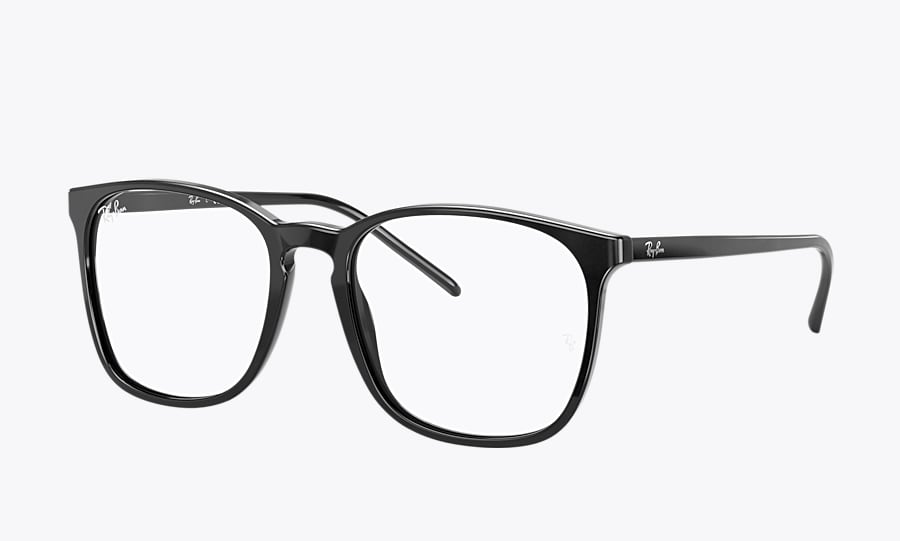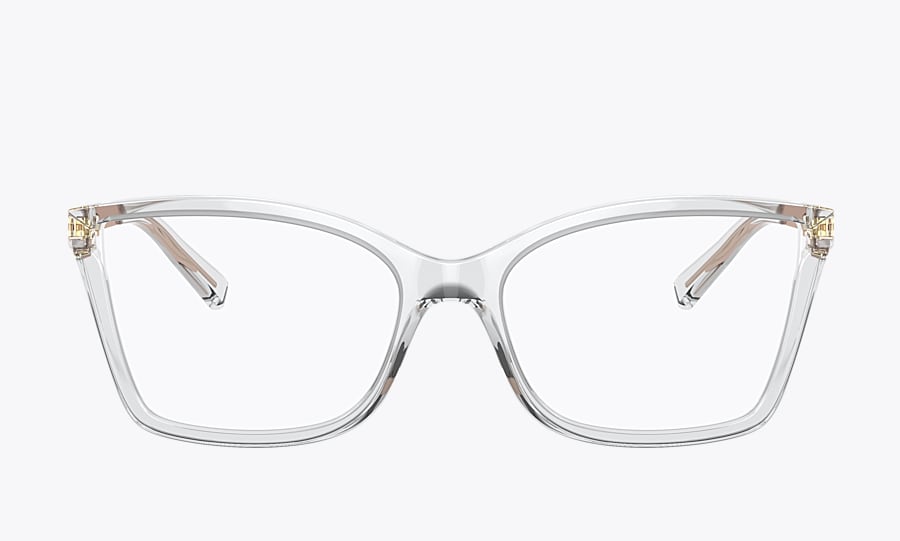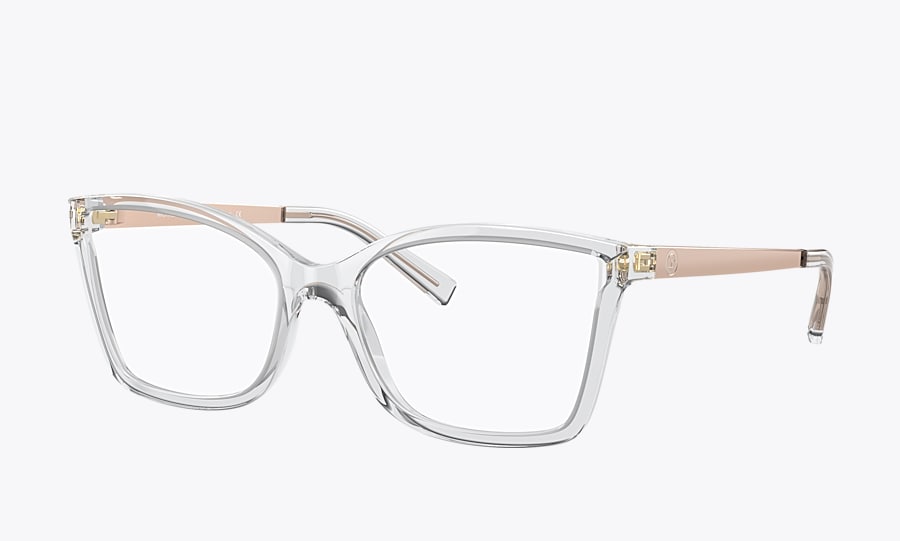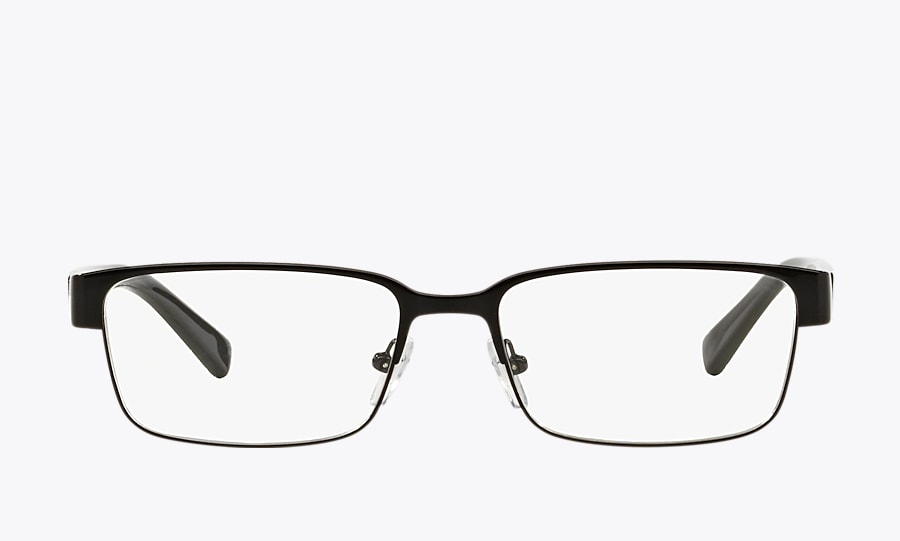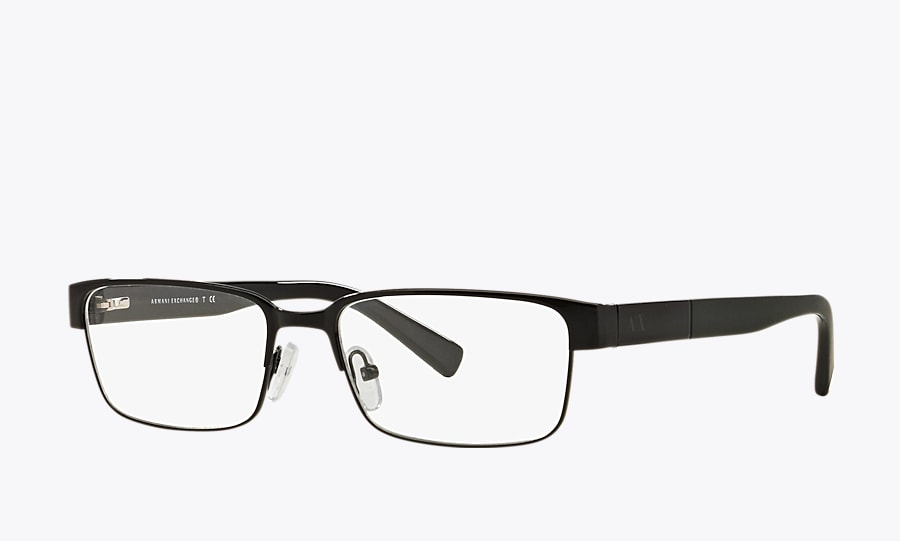
Glasses and sunglasses are more than just trendy accessories. They serve an important purpose in helping us see clearly and protecting our eyes from UV rays.
But have you ever wondered about the different pieces that make up your favorite eyewear?
Parts of Eyeglasses
The following is an outline of the basic parts of glasses (and sunglasses) and how they work. Plus, our Glasses Parts diagram below help you gain a better understanding of each one.
Lenses
Lenses are the transparent, curved components you see through. They improve your vision by bending light rays so they focus correctly on your retina. Standard lenses are usually made of plastic, but higher-end ones often contain a kind of plastic called polycarbonate. Polycarbonate lenses are lighter and more durable, and they tend to be resistant to breakage.
High-index lenses are available for those with higher prescriptions. These are made of a material that is thinner and lighter than polycarbonate, making them ideal for people who need stronger vision correction.
Lenses come in a variety of prescription strengths to help you see clearly. Single vision lenses correct one type of vision problem, such as nearsightedness or farsightedness. Progressive lenses, also known as no-line bifocals or trifocals, provide smooth transitions among multiple prescriptions.
Lens Treatments and Coatings
Once you choose the right lenses for your prescription, you can customize them with treatments or coatings. For example, a scratch-resistant coating prevents minor scratches that come with daily wear. Scratch resistance keeps your lenses looking crisp and extends the life of your eyewear.
Blue-violet light lenses also protect your eyes from potentially harmful light emitted by smartphones and computer screens. Prolonged exposure to blue-violet light is known to cause problems like headaches, eye strain and blurry vision.
Frames
Frames hold the lenses in place and provide the basic structure of your glasses. They are available in a variety of styles, colors, shapes and materials based on the look you want. For example, some popular materials include acetate and metal.
Frames have many different components that allow glasses to sit comfortably on your face. The main parts to know include:
- Rims – Rims surround the lenses and hold them in place. They are usually made of metal or plastic and provide structure for the frame.
- Bridge – The bridge is the central part of the frame that rests on your nose. It helps determine how the glasses sit on your face.
- Top bar – Some frames have a top bar, also known as an eyebrow bar, which connects the upper part of the rims. They can serve a functional or decorative purpose, depending on the style.
- Nose pads – Nose pads are small cushions that rest on the nose and prevent the frames from slipping off your face. Some nose pads are adjustable so they feel more comfortable.
- End piece – The end pieces are located at the upper outer corners of the rim. They extend slightly beyond the rims so they connect to the hinges.
- Temples – Temples (or arms) curve around your ears to keep the glasses secure. The temple tips rest behind your ears and are sometimes made from materials like rubber or silicone for extra comfort.
- Hinges – Hinges allow your frames to open and close for easy storage and transportation. They often come with screws or other adjustable parts for a custom fit.
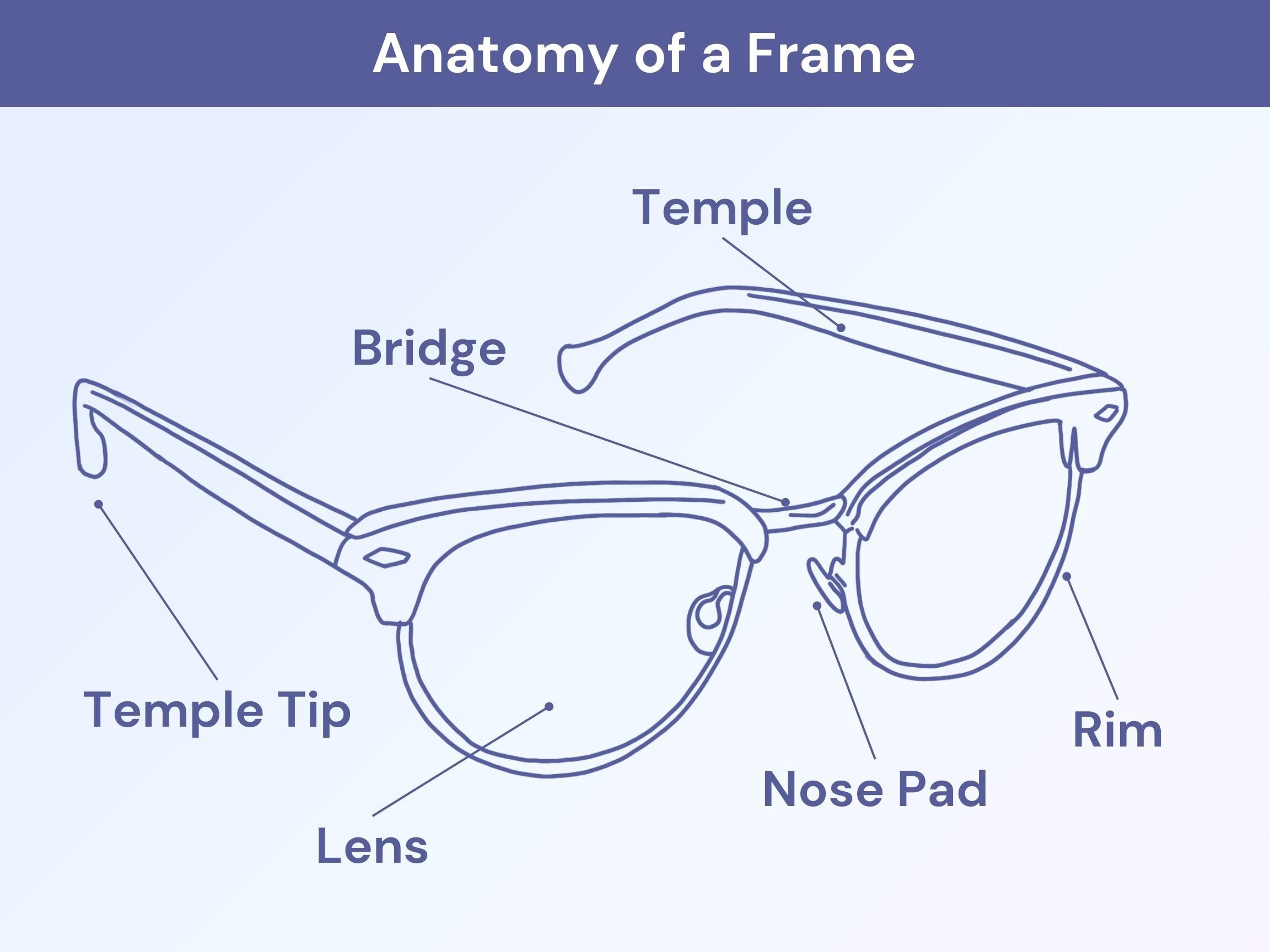
Parts of Sunglasses
ESunglasses come with the same basic parts as regular glasses, but they also have some additional features. The lenses include special tints and filters that block out UV rays.
The following are a few options that are available with sunglasses:
- UV protection – UVA- and UVB-blocking lenses prevent harmful rays from damaging your eyes. People who lead active outdoor lifestyles should consider wearing sunglasses with 100% UV protection.
- Anti-reflection (AR) coating – Lenses with AR coatings reduce reflections and unwanted glare. Activities like driving and working on a computer become more comfortable with this treatment.
- Transition lenses – These lenses darken and lighten according to whether you spend time indoors or outdoors. People who wear transitions no longer need to carry around multiple frames.
Adjusting Parts of Glasses for a Better Fit
Knowing the basic parts of glasses and sunglasses can help you ensure a proper fit. This is important because an ill-fitting frame can result in some discomfort and even vision impairment.
When wearing frames, the bridge should rest gently on the nose without pinching or sliding down. The temples should be long enough to fit well behind the ears, and the temple tips should be angled slightly inward. Make sure the lenses are centered squarely in front of your eyes.
When in doubt, have your frames adjusted by an experienced optician. When you purchase eyewear from Glasses.com, you can show your receipt at your local LensCrafters store to receive a free fitting and adjustment. We want to make sure you have the best experience possible.
SOURCES
- Guide to high-index lenses. Optometrists Network. November 2020.
- Are blue light-blocking glasses a must-have? Mayo Clinic. July 2022.
- Do I need anti-reflective lenses? Optometrists Network. June 2021.









